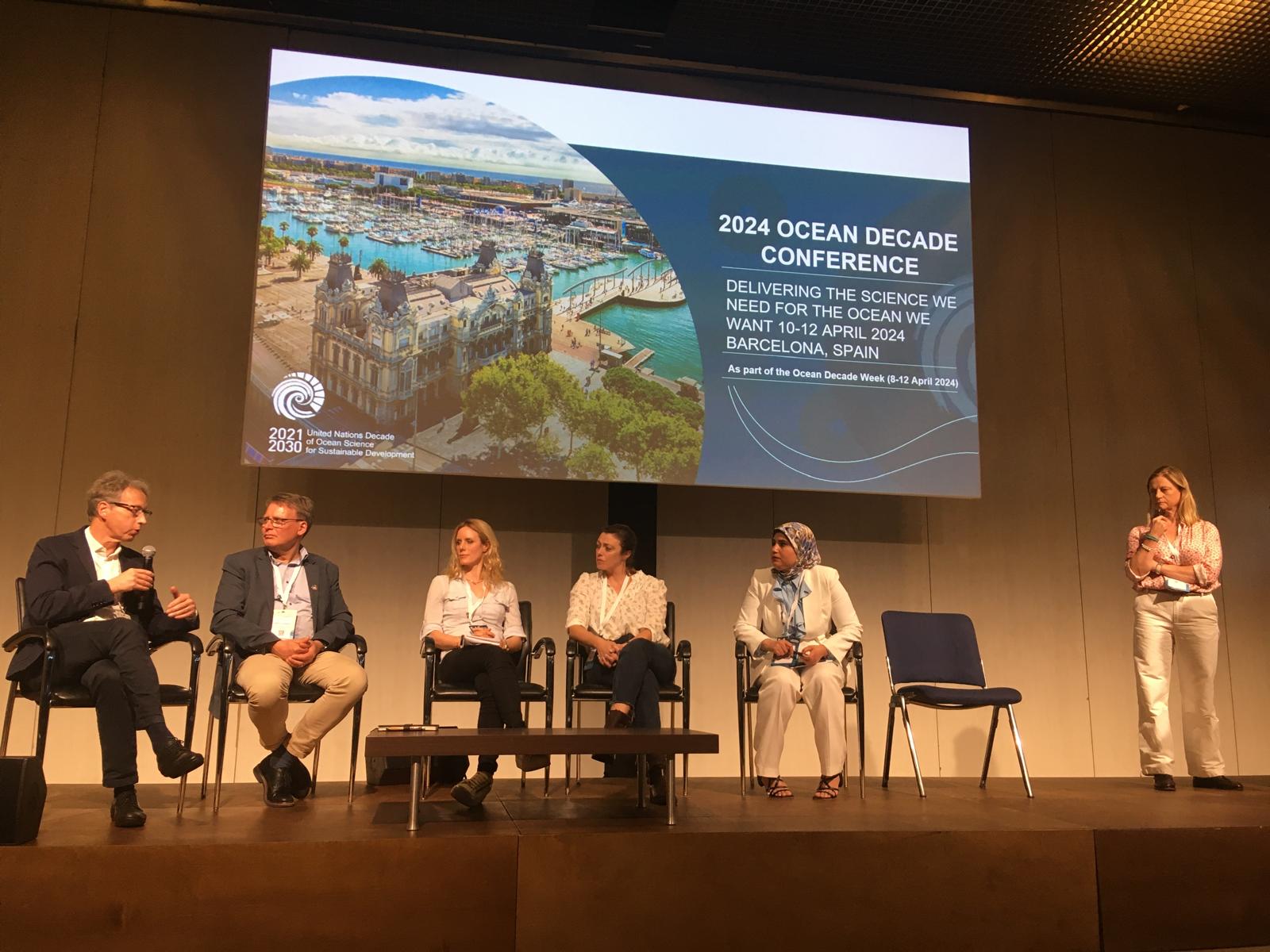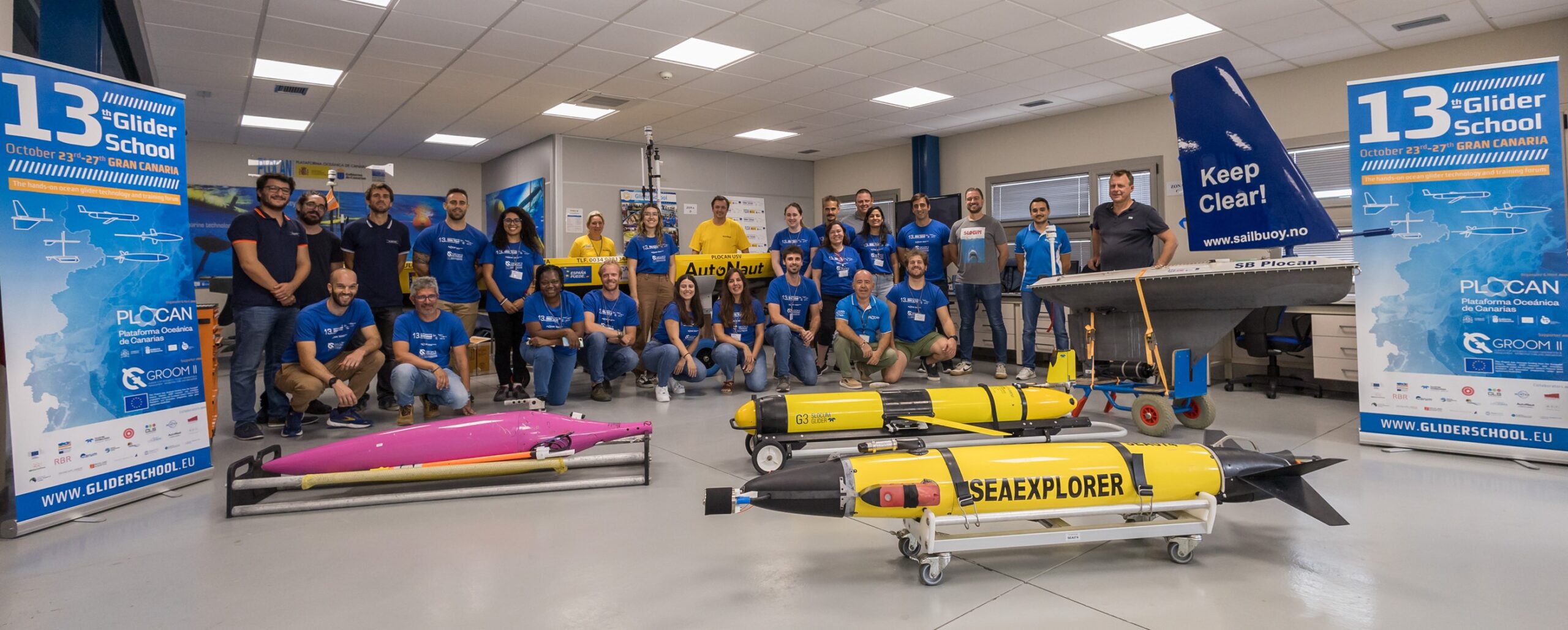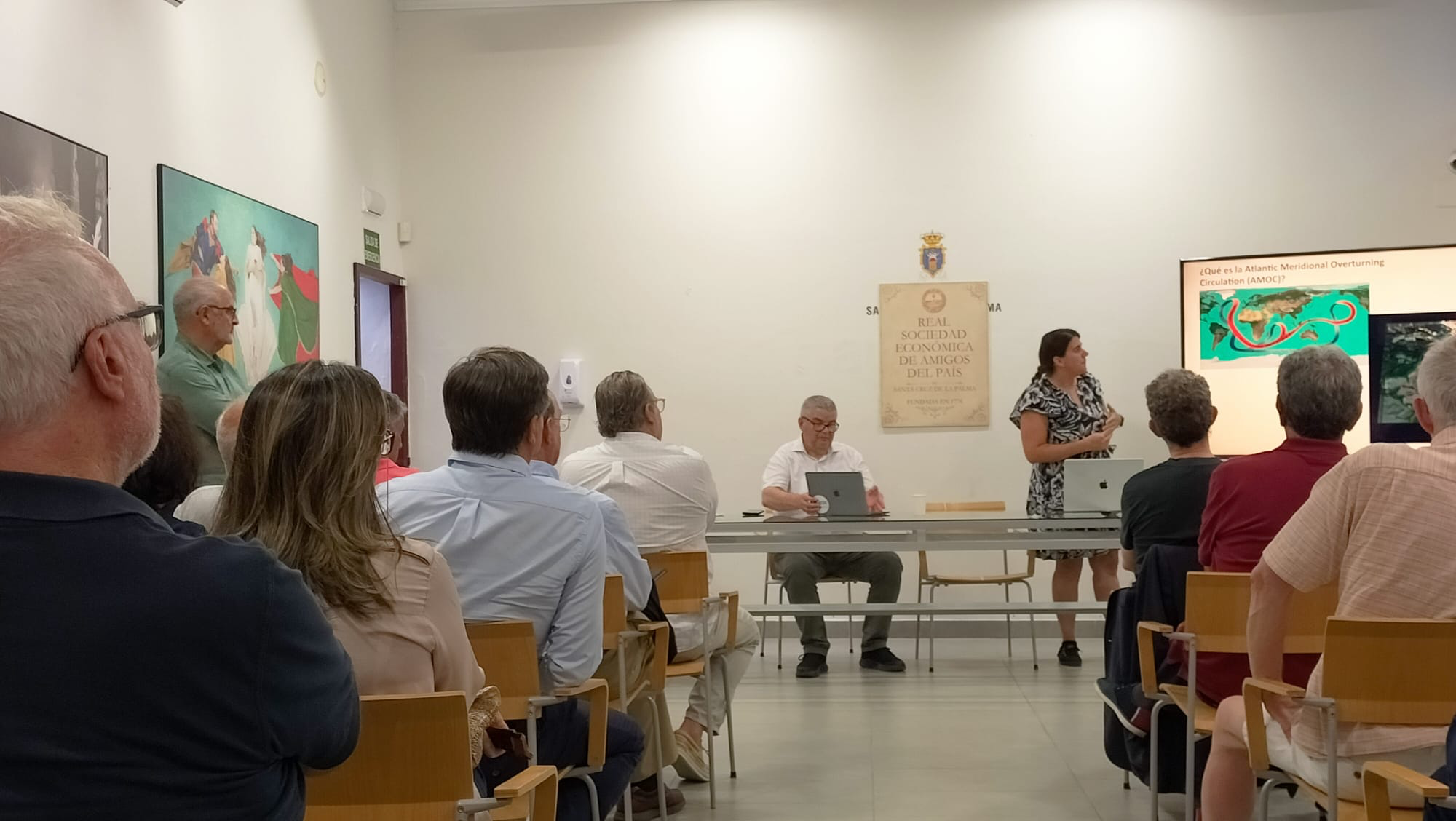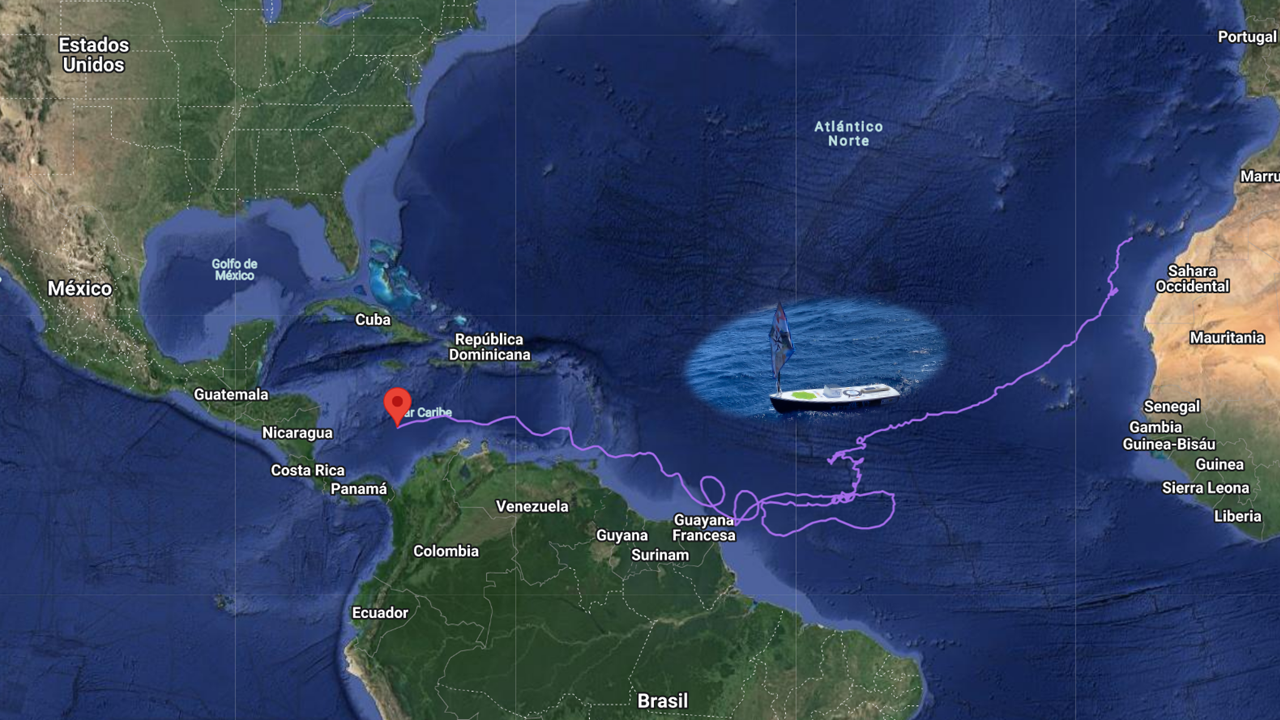[vc_row type=”in_container” full_screen_row_position=”middle” column_margin=”default” scene_position=”center” text_color=”dark” text_align=”left” overlay_strength=”0.3″ shape_divider_position=”bottom” bg_image_animation=”none”][vc_column column_padding=”no-extra-padding” column_padding_position=”all” background_color_opacity=”1″ background_hover_color_opacity=”1″ column_link_target=”_self” column_shadow=”none” column_border_radius=”none” width=”1/1″ tablet_width_inherit=”default” tablet_text_alignment=”default” phone_text_alignment=”default” overlay_strength=”0.3″ column_border_width=”none” column_border_style=”solid” bg_image_animation=”none”][vc_column_text]
|
An autonomous underwater glider, part of the PLOCAN fleet, was retrieved today in the waters off the island of Gran Canaria after travelling almost 1800 km in three months from the Nazaré undersea canyon near Lisbon, Portugal, to Taliarte, Telde, on an ocean observation and research mission in the region of Macaronesia within the framework of the European iFADO project. The iFADO project is funded by the EU’s Interreg Atlantic Area programme and its main objective is to identify and address observation gaps in the deep waters of the Atlantic Ocean, supporting implementation of the Marine Strategy Framework Directive (MSFD) through the deployment of innovative products. This mission forms part of the functions of the PLOCAN observatory and falls within the framework of its work to characterise the North Atlantic and, more specifically, Macaronesia. It is the second mission conducted by PLOCAN under the iFADO project and in collaboration with the Portuguese Hydrographic Institute, after the mission carried out between April and June of last year. On its journey to the Canary Islands, the glider recorded physical and biochemical oceanographic data from the vicinity of various seamounts located to the south-west of Portugal. It approached the island of Madeira, the Savage Islands (Ilhas Selvagens) and the ESTOC (European Ocean Time-Series Station of the Canary Islands), the last stop on its journey, located 60 miles to the north of Gran Canaria. The Seaglider M1, manufactured by Hydroid-Huntington Ingalls Industries, was put into operation on 7 February 2020 by technicians from PLOCAN and the Portuguese Hydrographic Institute. |

|
The iFADO project combines in-situ and remote ocean monitoring, conducted through conventional systems and methodologies, with cutting-edge technologies such as autonomous underwater gliders. iFADO is a four-year project coordinated by the Instituto Superior Técnico (Lisbon), with the participation of twenty public and private partners from Portugal, Ireland, United Kingdom, Spain and France. PLOCAN is responsible for the work package on emerging autonomous technologies for in-situ ocean monitoring. The glider’s journey to the Canary Islands and the scientific data gathered can be consulted on the PLOCAN data portal http://obsplatforms.plocan.eu/vehicle/mission/82/
|
Photo Galleries: Launch at Nazaré Canyon, Portugal 07/02/2020 and Recovery at Taliarte 05/05/2020[/vc_column_text][/vc_column][/vc_row]



